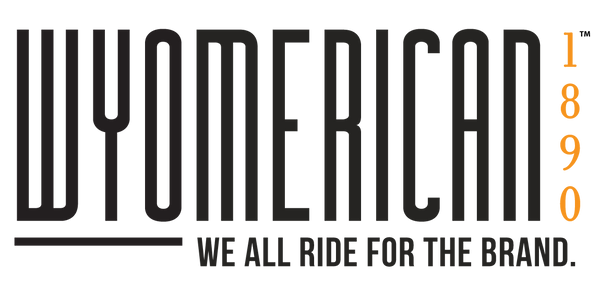
The History of Shoeing Horses in the American West: From Frontier Blacksmiths to Modern Farriers
Introduction: Why Horse Shoeing Mattered in the American West
Before trucks and tractors, the American West was built on horsepower—literally. From stagecoach routes to cattle drives, horses carried settlers, supplies, and dreams across rugged terrain. But few realize how vital the craft of horse shoeing was to the success of westward expansion.
In this article, we’ll explore the history of shoeing horses, from the frontier era to modern ranches. We'll also share interesting facts about farriery, the evolution of tools and techniques, and how this age-old craft continues to shape life in the West.
1. The Role of Farriers in the American Frontier
During the 1800s, as pioneers pushed westward, blacksmiths were among the most valued tradesmen. These early farriers forged and fit custom horseshoes by hand, often in dusty trail towns or isolated outposts. Without proper hoof care, horses couldn’t travel far, carry loads, or survive the rocky terrain.
🔍 Did You Know?
-
Shoeing a horse on the frontier often cost 25 to 50 cents, a small sum that could mean the difference between progress and breakdown.
-
Many blacksmiths also repaired wagon wheels, made tools, and doubled as dentists and surgeons in emergencies.
2. Cowboys, Cavalry, and the Golden Era of the Farrier
By the late 19th century, the West saw the rise of the cowboy and the U.S. Cavalry—two forces that heavily depended on strong, well-shod horses. Cattle drives required horses to work 12–14 hour days, and farriers were needed at ranches, trailheads, and military posts to keep them in working shape.
The U.S. Army helped standardize shoeing practices with training manuals and designated farrier roles. Civilian farriers adopted these methods, improving quality across the West.
3. 20th Century Innovations in Horse Shoeing
With the industrial boom, horseshoe production shifted from forge to factory. Machine-made horseshoes became widely available and affordable, making life easier for farriers. Education advanced too, with farrier schools opening across the country.
Steel became the standard material, but lighter aluminum horseshoes gained popularity for racing and show horses. The 20th century also brought innovations like:
-
Clip shoes for extra hoof stability
-
Bar shoes for therapeutic use
-
Corrective shoeing to treat gait or hoof issues
Key SEO terms: modern horseshoe materials, farrier schools USA, horse hoof care innovations
4. Modern Farriery in the Western United States
Today’s farriers blend traditional craftsmanship with modern science. Many work closely with veterinarians to ensure proper hoof health, especially for performance or rehabilitation horses. Tools may now include grinders and hoof testers, but the fundamentals—balance, fit, and function—remain timeless.
Modern horse shoeing practices focus on:
-
Preventing lameness and injury
-
Enhancing performance
-
Supporting natural hoof mechanics
Key SEO terms: professional farriers near me, modern horse shoeing techniques, western horse care
🧲 Interesting Fact:
During World War I, the U.S. military deployed 6,000+ farriers to maintain over 500,000 horses and mules used in combat support roles.
5. Then and Now: A Timeless Trade in the West
From dusty frontier trails to today’s competitive arenas and working ranches, the farrier’s trade remains indispensable. Horses may no longer outnumber vehicles, but where they're used, expert shoeing still makes all the difference.
Whether you’re a rider, rancher, or history buff, understanding the history of horse shoeing is a window into the grit and craftsmanship that built the West—and continues to power it forward.
📌 Summary: Key Takeaways
-
Horse shoeing was critical to the success of western expansion in the 1800s.
-
Farriers were essential tradesmen who evolved from blacksmiths to modern-day equine specialists.
-
Tools and techniques have improved, but the fundamentals of hoof care remain unchanged.
-
The West's legacy of horses and farriers lives on through both tradition and innovation.
🐴 Stay Connected with Western Heritage
Love stories about the American West, craftsmanship, and working horses? Subscribe to our newsletter or follow us on social media for more authentic content straight from the range.
